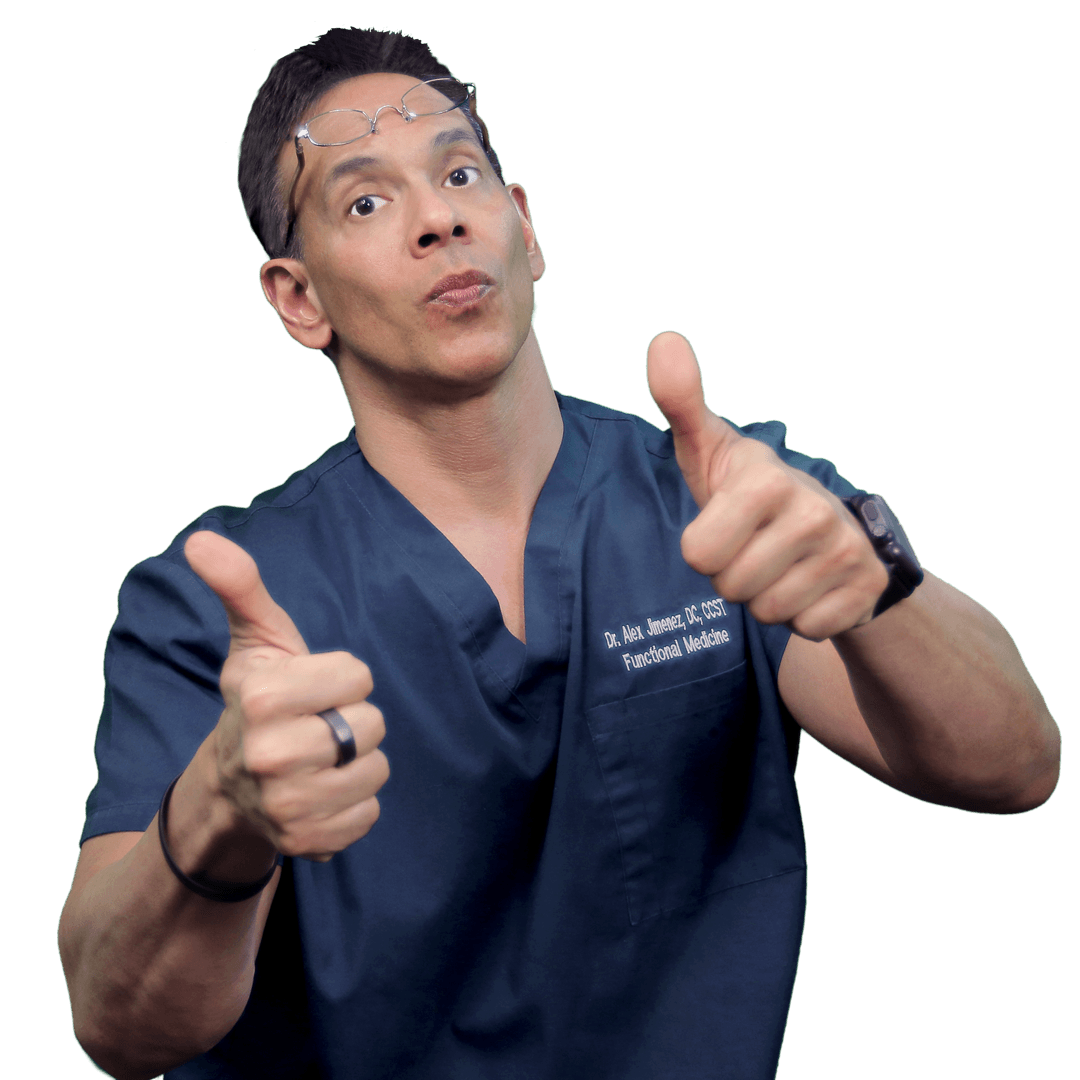Runner’s knee is a term commonly utilized to characterize a variety of health issues which can ultimately cause pain, discomfort, and other symptoms around the kneecap also referred to as the patella. These health issues include anterior knee pain syndrome, patellofemoral malalignment, chondromalacia patella, and iliotibial band syndrome.
Runner’s knee commonly occurs in athletes, especially runners, however, any type of exercise or physical activity which repeatedly stresses the knee joint could cause the health issue. This may include walking, skiing, biking, jumping, cycling, and playing soccer. According to the Harvard Medical School, runner’s knee is more prevalent in women than in men.
What are the Symptoms of Runner’s Knee?
The most common symptoms associated with runner’s knee includes is a dull, aching pain around or behind the kneecap, also referred to as the patella, especially where it meets the lower region of the thighbone or femur. You may feel pain when:
- Walking
- Climbing (or descending) stairs
- Squatting
- Kneeling
- Running
- Sitting down or standing up
- Sitting for extended periods of time with the knee bent
- Other symptoms include swelling and popping or grinding in the knee.
In the case of iliotibial band syndrome, the pain is most intense on the exterior region of the knee. This is where the iliotibial band, which runs from the hip to the lower leg, connects to the tibia, or the thicker, inner bone of the lower leg.
Moreover, the symptoms commonly associated with runner’s knee can also ultimately affect an individual’s gait, or manner of walking, and even their posture while standing or walking. These changes can cause the structures of the human body to compensate for the altered functions, resulting in a variety of health issues, such as low back pain and sciatica.
What are the Causes of Runner’s Knee?
The pain and discomfort of runner’s knee may be brought on by the irritation of the complex soft tissues or lining of the knee, and worn or torn cartilage, as well as strained tendons. Any of the following causes can cause runner’s knee, including:
- Overuse
- Trauma or injury to the kneecap
- Misalignment of the kneecap
- Complete or partial dislocation of the kneecap
- Flat feet
- Weak or tight thigh muscles
- Insufficient stretching before exercise or physical activity
- Arthritis
- A fractured or broken kneecap
- Plica syndrome or synovial plica syndrome, where the lining of the joint becomes thickened and inflamed
Occasionally, the painful symptoms can originate in the lower back and hip into the knee. This is known as “referred pain.”
How is Runner’s Knee Diagnosed?
To determine a diagnosis of runner’s knee, the healthcare professional requires a complete medical history and a thorough physical evaluation which may often include blood tests, X-rays, MRI scans, or CT scans for an accurate diagnosis.
What is the Treatment for Runner’s Knee?
The healthcare professional will determine the best treatment approach depending on the cause of runner’s knee, however in most instances, runner’s knee can be treated without surgery. Most often, the initial step in treatment is to utilize RICE:
- Rest: Avoid repetitive pressure on the knee.
- Ice: Decrease pain and swelling by applying an ice pack and prevent heat to the knee.
- Compression: Wrap the knee utilizing an elastic bandage or sleeve to restrict swelling.
- Elevation: Place a pillow under the knee when sitting or bending down to prevent further swelling. If there is considerable swelling, maintain the foot raised above the knee and the knee above the level of the heart.
Over-the-counter nonsteroidal anti-inflammatory drugs or NSAIDs, such as aspirin, ibuprofen, and naproxen can also help further reduce pain, discomfort, and swelling. Acetaminophen can also help reduce symptoms. You may want to speak with your doctor before taking these medications, especially if you have other health issues or take other prescription drugs.
The healthcare professional may also recommend stretches and exercises to improve strength and range of motion. They may tape your knee or provide you with a brace to offer additional pain relief. You may also utilize custom foot orthotics to support your knee. Surgery may be recommended if your cartilage is damaged or if your kneecap has to be realigned.
How Can Runner’s Knee be Prevented?
The American Academy of Orthopaedic Surgeons recommends these methods and techniques to prevent runner’s knee:
- Stay in form. Ensure that your overall health and wellness is good. If you are overweight, speak with your healthcare professional about developing a customized weight loss program.
- Stretch. Do a five-minute warmup followed by stretching exercises before you run or perform any physical activity which adds pressure to the knee. Your doctor can show you how to improve your knee’s flexibility.
- Gradually increase training. Never suddenly increase the intensity of your workout. Instead, make gradual changes.
- Use proper footwear. Purchase quality shoes with good shock absorption, and be sure they fit properly and comfortably. Don’t run in shoes which are too worn out. Wear custom foot orthotics if you’ve got flat feet.
- Use the proper running form. Keep a tight core to prevent yourself from leaning too far forward or backward and keep your knees flexed. Attempt to run on a soft, smooth surface. Prevent running on concrete. Walk or run in a zigzag pattern when moving down a steep incline to avoid adding unnecessary pressure on your knees and feet.

Runner’s knee is a well-known term utilized to describe a variety of health issues associated with a similar collection of painful symptoms. Runner’s knee generally includes patellofemoral pain syndrome, or PFPS, and/or iliotibial band syndrome, or ITBS, both of which are considered repetitive stress injuries. It’s essential to seek immediate medical attention to determine an accurate diagnosis of runner’s knee and continue with the proper treatment approach. – Dr. Alex Jimenez D.C., C.C.S.T. Insight
Low Back Pain
The purpose of the article is to understand how runner’s knee can be associated with sciatica and other symptoms. Sciatica is a collection of symptoms characterized by pain, tingling sensation, and numbness. The scope of our information is limited to chiropractic, musculoskeletal and nervous health issues as well as functional medicine articles, topics, and discussions. To further discuss the subject matter above, please feel free to ask Dr. Alex Jimenez or contact us at 915-850-0900 .
Curated by Dr. Alex Jimenez
Additional Topic Discussion: Foot Orthotics
Low back pain and sciatica are common health issues which affect many individuals worldwide. However, did you know that chronic pain may be due to foot problems? Health issues originating in the foot may ultimately cause imbalances in the spine, such as poor posture, which can cause the well-known symptoms of low back pain and sciatica. Custom foot orthotics, individually designed with 3-arch support can help promote overall health and wellness by supporting and promoting good posture and correcting foot problems. Custom foot orthotics can ultimately help improve low back pain and sciatica.
Formulas for Methylation Support
XYMOGEN’s Exclusive Professional Formulas are available through select licensed health care professionals. The internet sale and discounting of XYMOGEN formulas are strictly prohibited.
Proudly, Dr. Alexander Jimenez makes XYMOGEN formulas available only to patients under our care.
Please call our office in order for us to assign a doctor consultation for immediate access.
If you are a patient of Injury Medical & Chiropractic Clinic, you may inquire about XYMOGEN by calling 915-850-0900.
For your convenience and review of the XYMOGEN products please review the following link.*XYMOGEN-Catalog-Download
* All of the above XYMOGEN policies remain strictly in force.
Post Disclaimer *
Professional Scope of Practice *
The information herein on "Runner's Knee and Sciatica Symptoms" is not intended to replace a one-on-one relationship with a qualified health care professional or licensed physician and is not medical advice. We encourage you to make healthcare decisions based on your research and partnership with a qualified healthcare professional.
Blog Information & Scope Discussions
Welcome to El Paso's Premier Wellness and Injury Care Clinic & wellness blog, where Dr. Alex Jimenez, DC, FNP-C, a board-certified Family Practice Nurse Practitioner (FNP-C) and Chiropractor (DC), presents insights on how our team is dedicated to holistic healing and personalized care. Our practice aligns with evidence-based treatment protocols inspired by integrative medicine principles, similar to those found on dralexjimenez.com, focusing on restoring health naturally for patients of all ages.
Our areas of chiropractic practice include Wellness & Nutrition, Chronic Pain, Personal Injury, Auto Accident Care, Work Injuries, Back Injury, Low Back Pain, Neck Pain, Migraine Headaches, Sports Injuries, Severe Sciatica, Scoliosis, Complex Herniated Discs, Fibromyalgia, Chronic Pain, Complex Injuries, Stress Management, Functional Medicine Treatments, and in-scope care protocols.
Our information scope is limited to chiropractic, musculoskeletal, physical medicine, wellness, contributing etiological viscerosomatic disturbances within clinical presentations, associated somato-visceral reflex clinical dynamics, subluxation complexes, sensitive health issues, and functional medicine articles, topics, and discussions.
We provide and present clinical collaboration with specialists from various disciplines. Each specialist is governed by their professional scope of practice and their jurisdiction of licensure. We use functional health & wellness protocols to treat and support care for the injuries or disorders of the musculoskeletal system.
Our videos, posts, topics, subjects, and insights cover clinical matters and issues that relate to and directly or indirectly support our clinical scope of practice.*
Our office has made a reasonable effort to provide supportive citations and has identified relevant research studies that support our posts. We provide copies of supporting research studies available to regulatory boards and the public upon request.
We understand that we cover matters that require an additional explanation of how they may assist in a particular care plan or treatment protocol; therefore, to discuss the subject matter above further, please feel free to ask Dr. Alex Jimenez, DC, APRN, FNP-BC, or contact us at 915-850-0900.
We are here to help you and your family.
Blessings
Dr. Alex Jimenez DC, MSACP, APRN, FNP-BC*, CCST, IFMCP, CFMP, ATN
email: coach@elpasofunctionalmedicine.com
Licensed as a Doctor of Chiropractic (DC) in Texas & New Mexico*
Texas DC License # TX5807
New Mexico DC License # NM-DC2182
Licensed as a Registered Nurse (RN*) in Texas & Multistate
Texas RN License # 1191402
ANCC FNP-BC: Board Certified Nurse Practitioner*
Compact Status: Multi-State License: Authorized to Practice in 40 States*
Graduate with Honors: ICHS: MSN-FNP (Family Nurse Practitioner Program)
Degree Granted. Master's in Family Practice MSN Diploma (Cum Laude)
Dr. Alex Jimenez, DC, APRN, FNP-BC*, CFMP, IFMCP, ATN, CCST
My Digital Business Card





